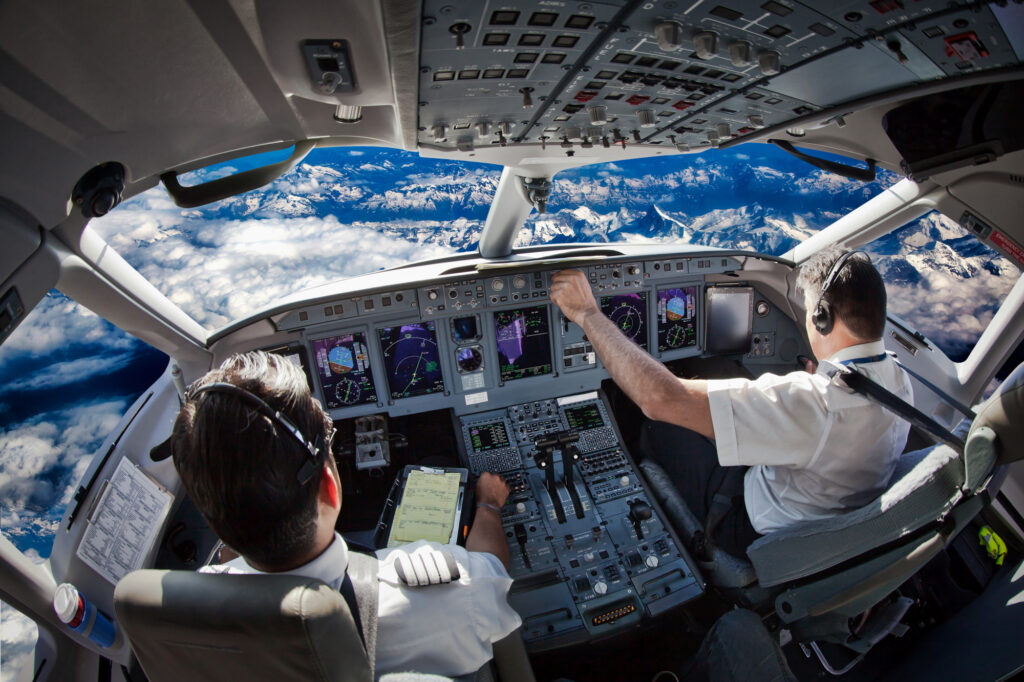
While working on my flight-instructor training, I have spent a lot of time studying risk-management procedures. The CFI Practical Test Standards have a section specifically on risk management and how to effectively apply it to the teaching process, and I have spent a lot of time discussing teaching practices with current instructors to establish a baseline of how to practically establish risk-management procedures.
Equally important to me is learning about the risk-management procedures used by professional airline and charter pilots. Things such as backing up visual approaches with instrument procedures, taking minimum rest requirements, and compiling full pre-departure flight packets prove quite helpful in terms of improving situational awareness, identifying risks, and mitigating any possible risks to ensure safety of flight.
Whether I am flying to accomplish a certain goal, such as meeting aeronautical experience requirements for a new pilot certificate, or just want to have fun, applying professional practices to my casual flying has proven highly beneficial. I have on many occasions, for example, backed up visual approaches with instrument procedures to make it easier to guide my flying and aid my planning.
What is important to remember is that many of the procedures established by aviation professionals have been so established for a reason. Companies and pilots alike see the value in providing crews with additional resources to make sound go/no-go decisions and assess changes in their flying to continue a flight safely.
No matter who you are or what you are doing, accomplishing safe flight is highly critical, not only for you and those onboard your aircraft but also for the people operating around you, passersby on the ground, and the lives impacted by aviation incidents. Just because a pilot is flying a small single-engine Cessna instead of a fully loaded 747 does not make them less responsible for themselves, their aircraft, and those around them.
The main reason to implement professional risk-management policies, even in more casual settings, is to counteract complacency, one of the biggest challenges to aviation safety. As a pilot becomes highly familiar with their aircraft and operation, it becomes that much easier to skip checklists, ignore procedures, and ignore risks due to overconfidence and misplaced comfort in one’s own abilities, knowledge, and skill.
Implementing professional risk management is an important method to counteract complacency. Pilots can use those professional methods to develop a list of standard operating procedures (SOPs) that guide them. By forcing themselves to follow established SOPs for every flight, they overcome complacency by forcing themselves to complete regular checks, accomplish thorough tasks, and cross-check their work to continue safe flight.
A good way to reinforce SOPs is to have them written down and accessible during all stages of flight. That might mean adding in extra detail items to ForeFlight checklists, adding extra pages or line items to paper checklists, or putting up extra placards in the cockpit that the pilot cannot miss in flight. Having SOPs, not only established but written down, adds an extra layer of accountability and prevents pilots from loosely brushing off the critical items that keep them safe.
Professional practices do not start and stop in the cockpit, however. There are excellent ways to maintain professionalism and safety before and after a flight as well as completely outside the context of a specific flight. Pilots can accomplish thorough weather briefings with Flight Service, create contingency plans for time-critical missions, and complete detailed pre- and post-flight inspections to ensure aircraft safety.
Pilots can also integrate professional practices into their day-to-day lives. Attend regular safety seminars, complete training with the WINGS program, and accomplish regular flight reviews in order to stay up to date on modern training practices, maintain your skills, and improve proficiency for all the flying you do. There are no such things as being too safe a pilot or preparing too much for a mission, so as you prepare for your next flight, ensure you have all the resources you need to feel comfortable in the flight deck.

























































































































